The Greek Corinthian helmet is an iconic piece of ancient warfare, embodying the rich history and artistry of classical antiquity. This type of helmet, known for its distinctive full-face coverage and plumed top, was a staple of Greek hoplite armor and has since become a symbol of the ancient warrior ethos. Crafted with precision and historical accuracy, these helmets are not only a testament to the metalworking skill of the ancients but also serve as a compelling centerpiece for historical collections, reenactments, and decorative purposes.
Types and Variations of the Greek Corinthian Helmet
The Greek Corinthian helmet comes in various types, each with unique characteristics. Some are adorned with intricate black plumes, while others feature red plumes, signifying different ranks or units within the ancient Greek military. There are also differences in the metalwork, with some helmets showcasing elaborate engravings and others presenting a more austere, battle-worn appearance. These variations not only represent the diversity of design but also cater to different preferences within the market, from the collector seeking a museum-quality replica to the reenactor needing a helmet that reflects a specific historical period.
Structure and Components of the Greek Corinthian Helmet
The structure of the Greek Corinthian helmet is a marvel of ancient engineering. The main body of the helmet extends to cover the face, with cut-outs for the eyes and mouth, providing a balance between protection and visibility. The cheekpieces are often hinged, allowing for a snug fit, while the crest atop the helmet is designed to be both intimidating and functional, helping to deflect blows in combat. The interior of the helmet may be lined with leather or fabric for comfort during extended wear, a detail that modern replicas often include to enhance authenticity.
Materials and Craftsmanship in Helmet Production
The choice of materials in crafting a Greek Corinthian helmet is crucial for both authenticity and functionality. Historically, bronze was the preferred metal due to its durability and workability. Today's reproductions often use zinc alloy, which provides a similar aesthetic at a lower cost and weight, making the helmets more accessible to a wider audience. The properties of these materials, such as corrosion resistance and strength, are essential for ensuring that the helmets can withstand the rigors of reenactment battles or long-term display.
Business Usages and Applications
In a business context, the Greek Corinthian helmet finds its place in various industries. It is a sought-after item among manufacturers and retailers of historical replicas, serving as a high-value product in the collectibles market. In the entertainment industry, these helmets are used in film and theater productions to bring authenticity to period pieces. Additionally, they are popular in the corporate world as unique gifts or awards, symbolizing strength and honor in the corporate arena.
Functions of the Greek Corinthian Helmet
The primary function of the Greek Corinthian helmet was to protect the head in battle, but today's replicas also serve educational purposes. They allow historians and students to gain tangible insights into ancient Greek warfare and craftsmanship. Moreover, these helmets function as protective gear in historical reenactments, providing a realistic experience while ensuring the safety of the participants.
Features of the Greek Corinthian Helmet
The Greek Corinthian helmet is distinguished by its full-face coverage, a feature that set it apart from other ancient helmets. The plumed crest is not only a striking visual element but also serves to distinguish different soldiers. Modern replicas may incorporate adjustable linings, making them wearable for people of various head sizes, and the materials used are often selected for both their historical appearance and their modern practicality.
Benefits of the Greek Corinthian Helmet
Owning a Greek Corinthian helmet brings numerous benefits. For educators and historians, it is a tangible connection to the past, serving as a powerful educational tool. Collectors benefit from the aesthetic and historical value it adds to their collections. For reenactors, it provides an authentic experience, enhancing the realism of their portrayal and the overall spectacle of reenactment events.
How to Use, Choose, and Maintain the Greek Corinthian Helmet
Effectively using a Greek Corinthian helmet involves wearing it correctly, with the cheekpieces fastened and the crest adjusted. When choosing a helmet, one should consider the event or purpose, selecting a weight and material that is appropriate for either display or active use. Cleaning a Corinthian helmet typically involves gentle polishing of the metal and careful dusting of the plume. Maintenance requires regular inspection for any signs of wear, especially if the helmet is used in reenactment battles.
Target Audience and Meeting Their Needs
The target audience for the Greek Corinthian helmet is diverse, ranging from academic institutions that value its educational worth to reenactment enthusiasts who prize its authenticity. Each helmet is crafted to meet the specific needs of these groups, whether it's the precision of historical detail or the durability required for active use. By understanding the unique needs and preferences of each segment, manufacturers can tailor their helmets to suit the intended audience perfectly.
How does the Greek Corinthian helmet fit into historical reenactments?
The Greek Corinthian helmet is a cornerstone of authenticity in historical reenactments. Its accurate representation of ancient Greek military gear allows participants to fully immerse themselves in the historical context, enhancing the educational and experiential value of reenactments. When worn, it provides a transformative experience, allowing one to step into the shoes of a Greek hoplite and gain a deeper appreciation for ancient warfare tactics and daily life.
What are the considerations when selecting a Greek Corinthian helmet for educational purposes?
When choosing a Greek Corinthian helmet for educational purposes, the accuracy of the reproduction is paramount. It should reflect the correct period style, materials, and construction techniques. Additionally, the helmet should be accompanied by educational materials that provide historical context, explaining its use in warfare, its evolution over time, and its cultural significance. Durability and safety are also important factors, ensuring that the helmet can be handled frequently without damage.
Can the Greek Corinthian helmet be customized for corporate gifts or promotional items?
Yes, the Greek Corinthian helmet can be customized to serve as an impressive corporate gift or promotional item. Techniques such as die cutting printing and silk screen printing can be used to add corporate logos or messages, while customization options like color and plume selection allow for alignment with company branding or event themes. Such personalized helmets can leave a lasting impression, making them effective tools for promotion and brand visibility.



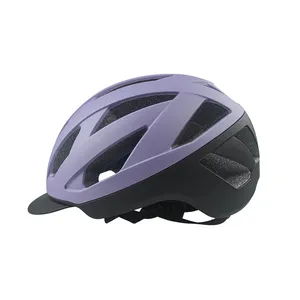



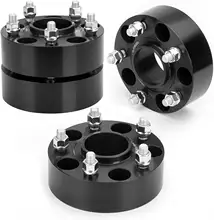


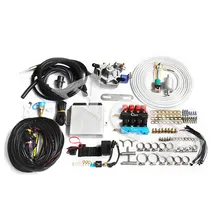
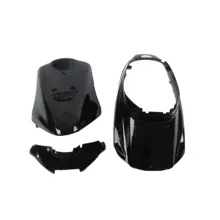





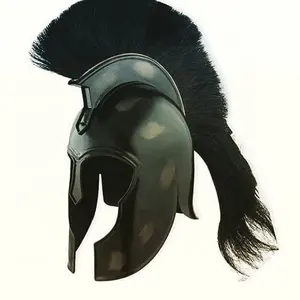
























 浙公网安备 33010002000092号
浙公网安备 33010002000092号 浙B2-20120091-4
浙B2-20120091-4